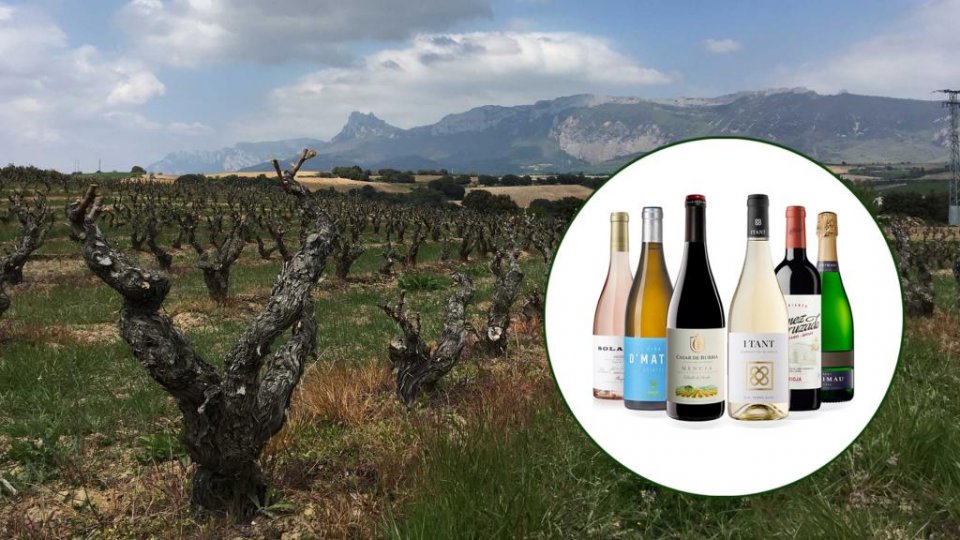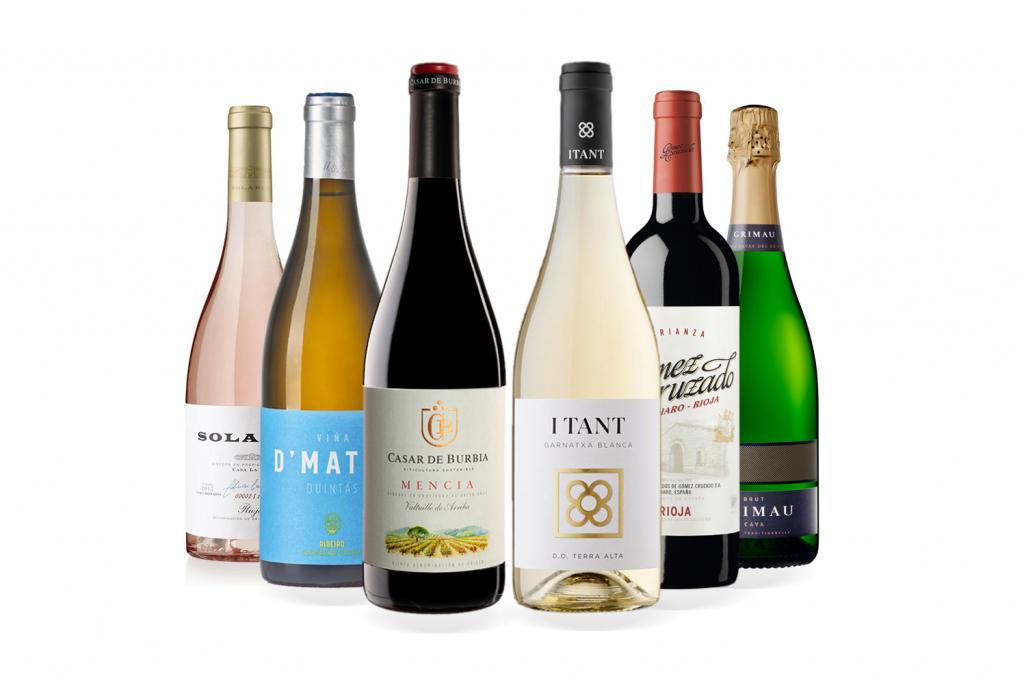Please click here to see all our current Wine Club offers.
Spain is a paradise for the wine lover, and nowhere more so than in the north. So, to help you enjoy some of the country’s delicious wines, we’ve put together a great offer for Spain in English readers with a case of six wines from wine-making regions across the north. Selected by our wine partners, Simply Spanish Wine, these wines demonstrate the best of Spain’s modern wines, from crisp, fresh whites, to dark fruity reds, and represent excellent value for money.
Join us and our friends at Simply Spanish Wine as we take you through a tour of northern Spain and introduce you to some of its magnificent wines.
North-West
The north-west of Spain is a far cry from the sunny snapshots of your average holiday brochure. From lush green landscapes to windswept beaches, from mountain ranges to river valleys, this is the side of Spain you rarely see. Which is a shame, because in many ways it is the most appealing. And thanks to a new generation of talented young winemakers, it’s producing some of Spain’s most exciting wines.
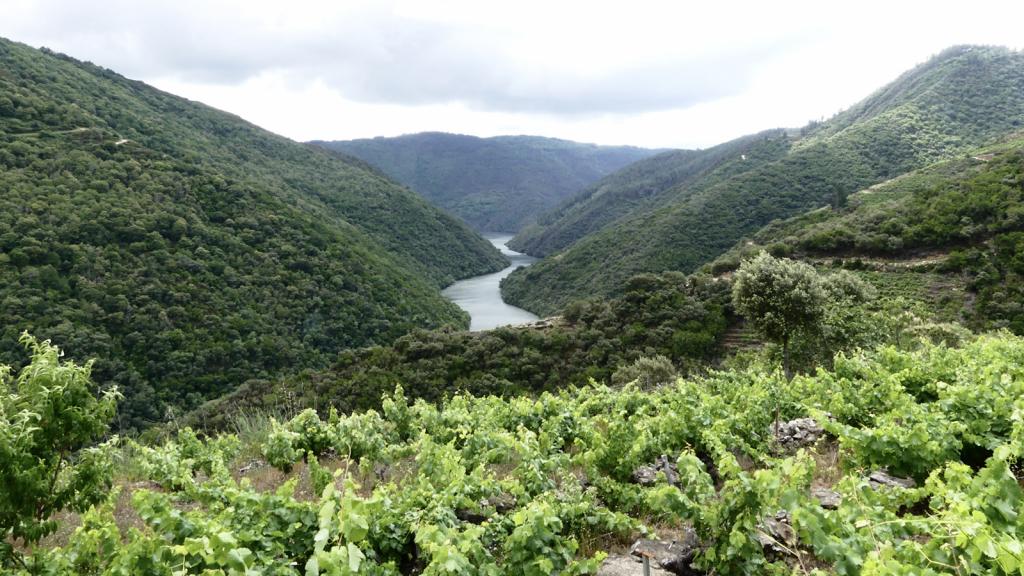
Galicia, and its five DOs (Rías Baixas, Ribeiro, Ribeira Sacra, Monterrei and Valdeorras), is one of the wettest and greenest regions in Spain. Rainfall in the coastal areas reaches around 1,200 mm/year. Plots tend to be very small with vines trained on pergolas, and a new generation of producers are focused on native varieties like Treixadura or Torrontés, as well as the internationally-known Albariño, and making some of Spain’s best white wines. For a taste of the region, try the D’Mateo Quintas from DO Ribeiro, made from a blend of native grapes like Godello, Torrontés and Treixadura.
Meanwhile 180 km inland in El Bierzo (León), innovative producers like Raúl Pérez or Isidro Fernández at Casar de Burbia are taking the Mencía grape and experimenting with altitude and aspect on the well-drained slate and granite soils to make balanced, complex reds which are winning recognition around Spain and internationally. If you haven’t tried it yet, Isidro’s Casar de Burbia Mencía is a great introduction to the grape and the region.
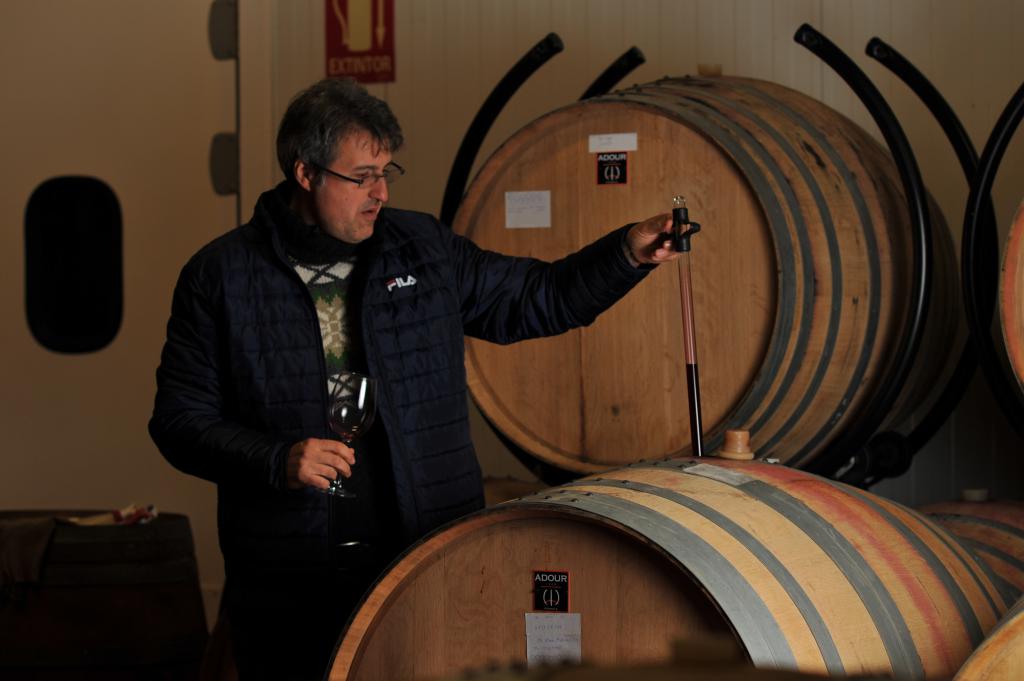
Journey 200km further south and we’re into Arribes (Castilla y León), defined by the steep canyons of the Douro river as it weaves its way into Portugal. With fewer than 900 Ha under vine, growers have adapted to the landscape and focused on native varieties like Juan García, Bruñal or the wonderfully named Bastardillo Chico, grown on steep terraces where vines are interspersed with olive and almond trees.
North central
From the fringes of Galicia and following the Duero river basin, the meseta norte (northern plain) wends its flattish way east until it bumps into the Iberian mountain range whose peaks feed the Ebro river. The region encompasses both Rioja and Ribera del Duero, two of Spain’s most well-known and popular wine-making appellations, but there are plenty of lesser-known areas for wine-lovers to explore.
Denominaciones like Cigales are becoming increasingly known within Spain as sources of great value, quality reds. Traditionally wild and remote Toro in the west is undergoing a bit of a renaissance as new producers work with the pretty extreme climate and prevalence of old, in some cases pre-phylloxera vines to produce slightly lighter, more refined wines from the Tinta de Toro grape (a darker, richer cousin of Tempranillo). White wines too are making a comeback, thanks in large part to DO Rueda’s efforts to entice younger Spaniards away from the beer and into Verdejo.
Within Rioja itself, there’s plenty going on. With a winemaking history stretching back centuries, it was the arrival of the railway in the second half of the eighteenth century that really opened up the region as Bordeaux wine merchants fleeing phylloxera began to set up shop in the Barrio de la Estación in the town of Haro in Rioja Alta.
Some of the region’s oldest producers like Marques de Murrieta, CVNE or Gómez Cruzado were established around this time and began the custom of ageing wines in the 225 litre barrique or barrel brought from Bordeaux. Today, there’s a lively debate raging over the extent to which barrel ageing should remain Rioja’s sign of identity, with many younger producers arguing for a more Burgundian approach which would allow them to highlight the villages where the wines are produced or even individual vineyard plots. But for a taste of classic Rioja, Gómez Cruzado’s award-winning 2020 Crianza is a great place to start.
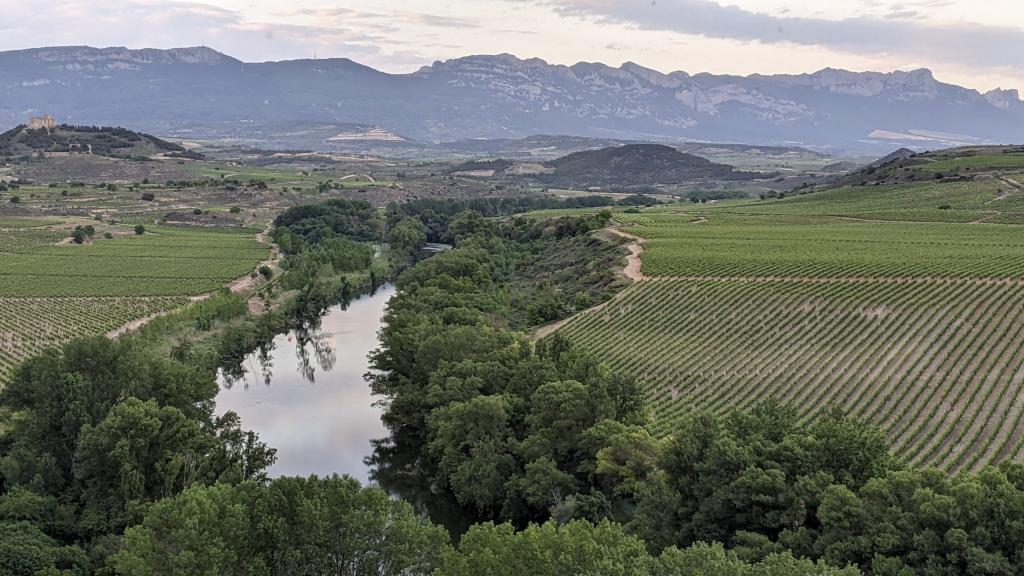
One hundred kilometres southwest of Rioja and we’re into Ribera del Duero, the best-known wine region in Castilla y León and sometime rival to Rioja for top flight reds – many designed for bottle ageing – made from Tinta del País (the local name for Tempranillo).
Ribera del Duero – literally ‘the banks of the Duero’ – follows the river for some 120 kilometres east from Valladolid and ends in the wild and empty landscapes of Soria. Vineyards are generally high – around 850 metres above sea level – and the Continental climate means harsh winters and scorching summers. While Vega Sicilia, one of Spain’s most famous wineries, has been making wines here since the mid nineteenth century, the region was only awarded DO status in 1982. Its profile has been growing quickly ever since with many premium producers such as Dominio de Pingus, Aalto or Perez Pascuas making some of Spain’s most iconic, and expensive wines.
North-East
Pushing eastwards through the Iberian mountain range towards the top right corner of the map and the first stop-off is in Aragón, which straddles the Ebro River around the city of Zaragoza and is sealed to the north by the Pyrenees.
In terms of viticulture, there are two distinct regions: DO Somontano to the north of the Ebro which has made a bit of a name for itself with a focus on non-native grapes, and the four DOs of Campo de Borja, Cariñena and Calatayud which sit south of the river. Old vine Garnacha and quality cooperatives are a feature of the latter group which, in a short time, has built an enviable reputation for affordable wines of real character.
Keep pointing east, wind down the window, and as the land begins to descend towards the sea you’ll be hit with invitingly aromatic aromas of Mediterranean scrub. Catalunya may be most well-known outside Spain for its sparkling Cava – although it’s also produced in several other spots outside the region – but it’s also home to some wonderful white wines made from white Garnacha – one third of the world’s plantings of Garnacha Blanca are in DO Terra Alta in southern Catalunya – or lesser known varieties like Xarel-lo (also referred to locally as Pansa Blanca), which is also a key Cava ingredient.
Grimau’s Brut Cava is a fine fizz loaded with delicate fruit and brioche notes, while iTant Garnatxa Blanca comes from Edetària, one of the top bodegas in DO Terra Alta which has really built its reputation on the white Garnacha grape.
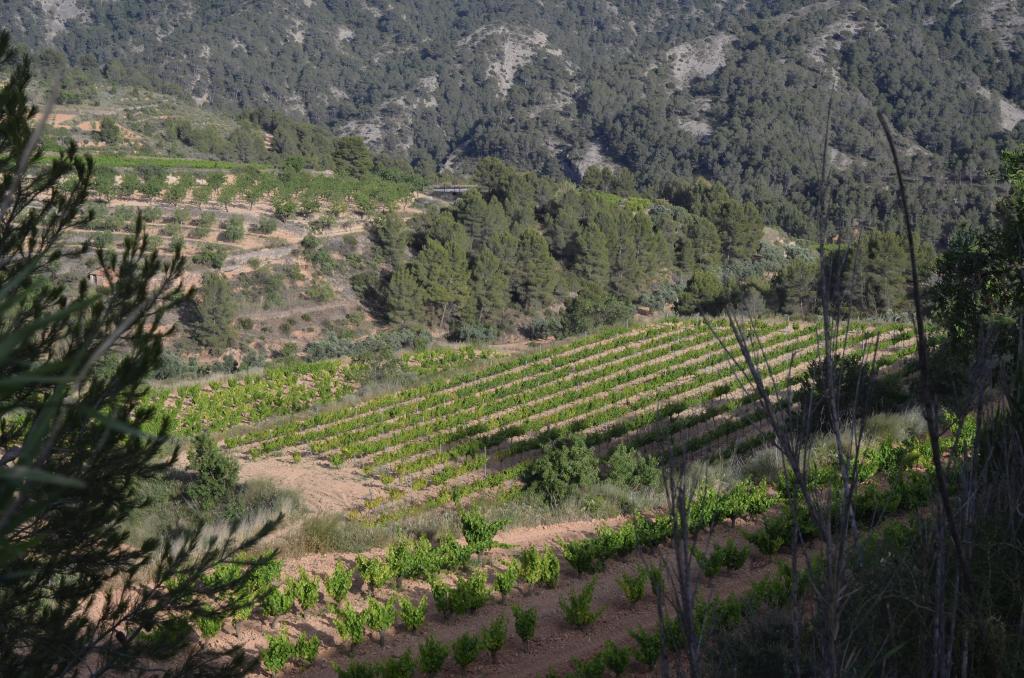
But of course, the big draw for many wine lovers in Catalunya are the fresh, vibrant, complex wines of Priorat made from low yield Garnacha and Carignan vines. The story of how René Barbier, Alvaro Palacios and friends arrived in Priorat at the end of the 1980s and began to revive the small, isolated hillside plots and discover the mineral magic in the llicorella soil has been well-documented. Thirty years on, new producers have moved in but the quality is still very high as those lucky enough to have tried a bottle of L’Hermita, one of Spain’s most celebrated and most expensive wines, will attest.
Please click here to see all our current Wine Club offers.
Matthew Desoutter is a wine writer and owner of Simply Spanish Wine.
Sign up for the FREE Weekly Newsletter from Spain in English.
Please support Spain in English with a donation.
Click here to get your business activity or services listed on our DIRECTORY.
Click here for further details on how to ADVERTISE with us.

